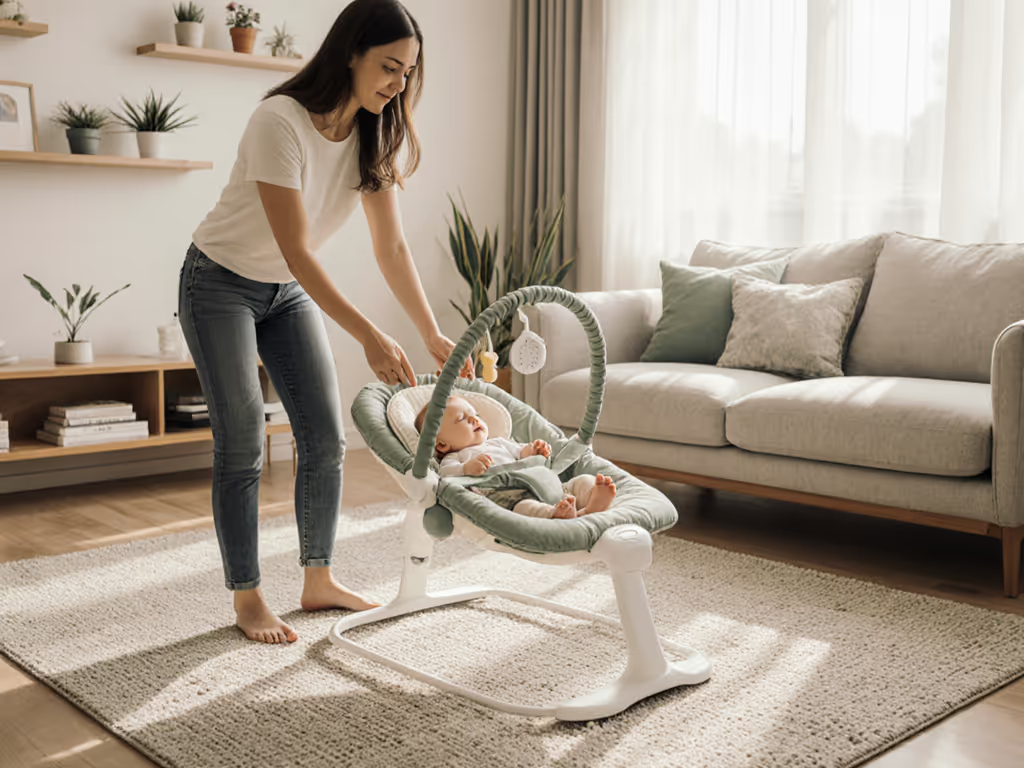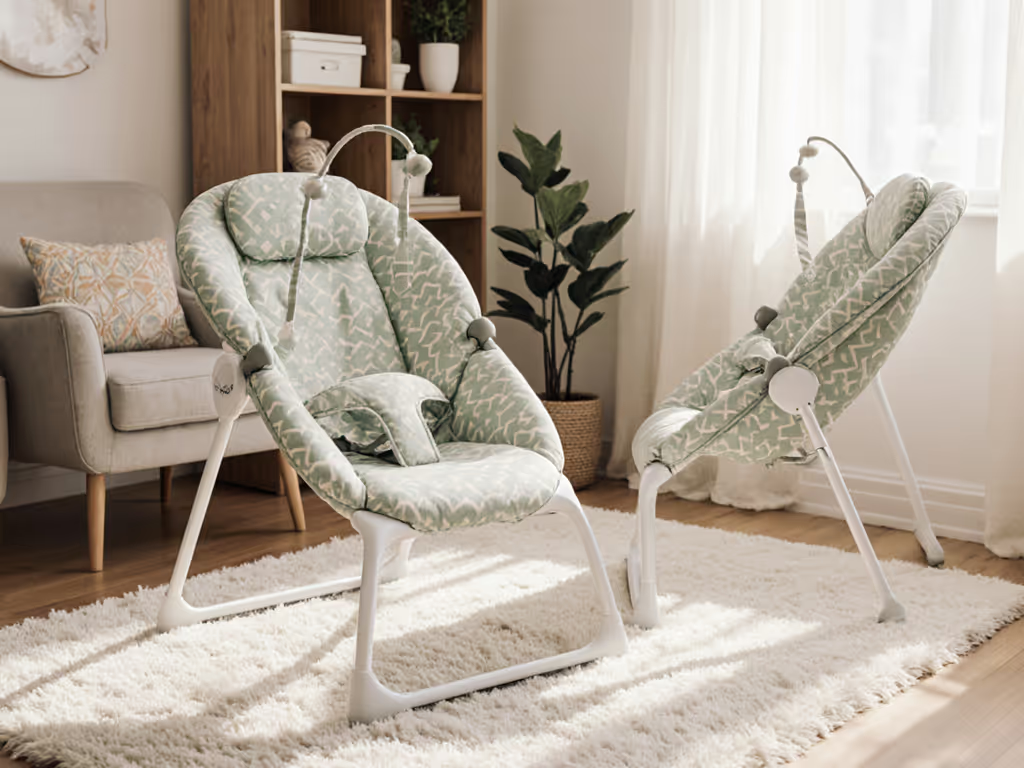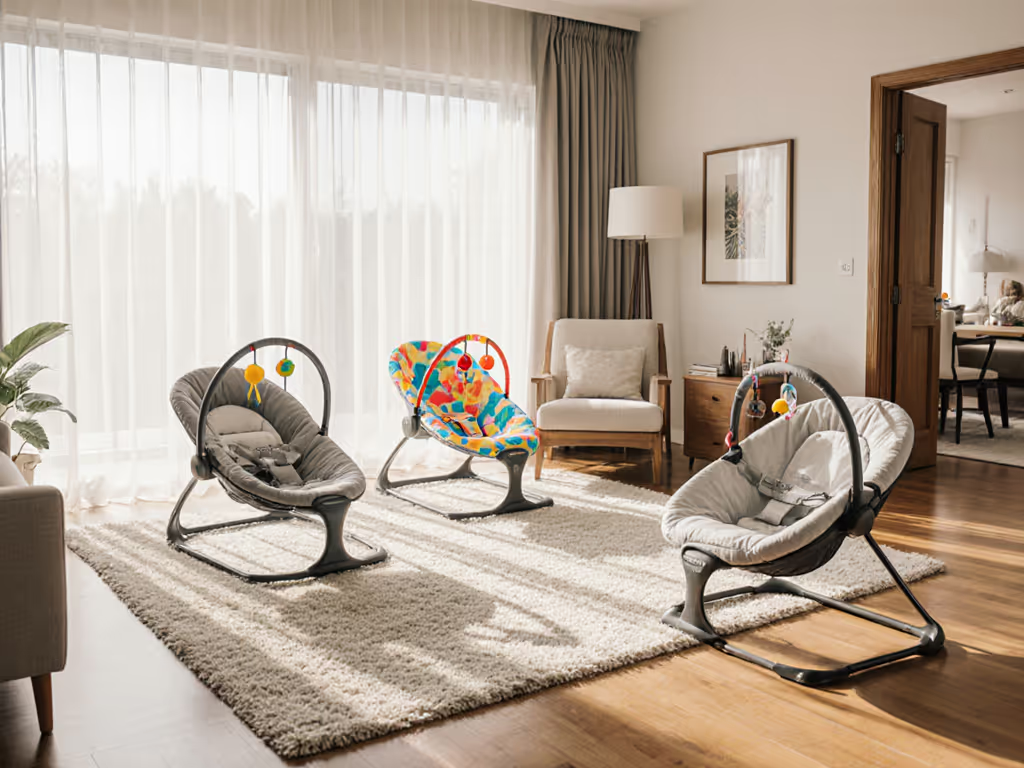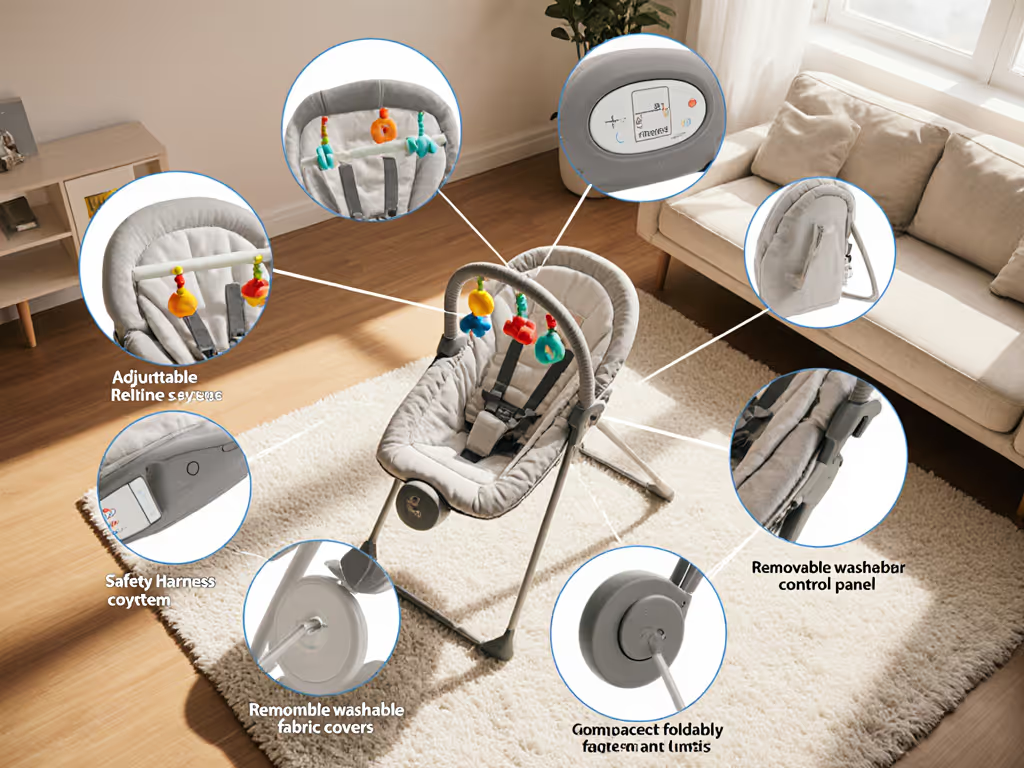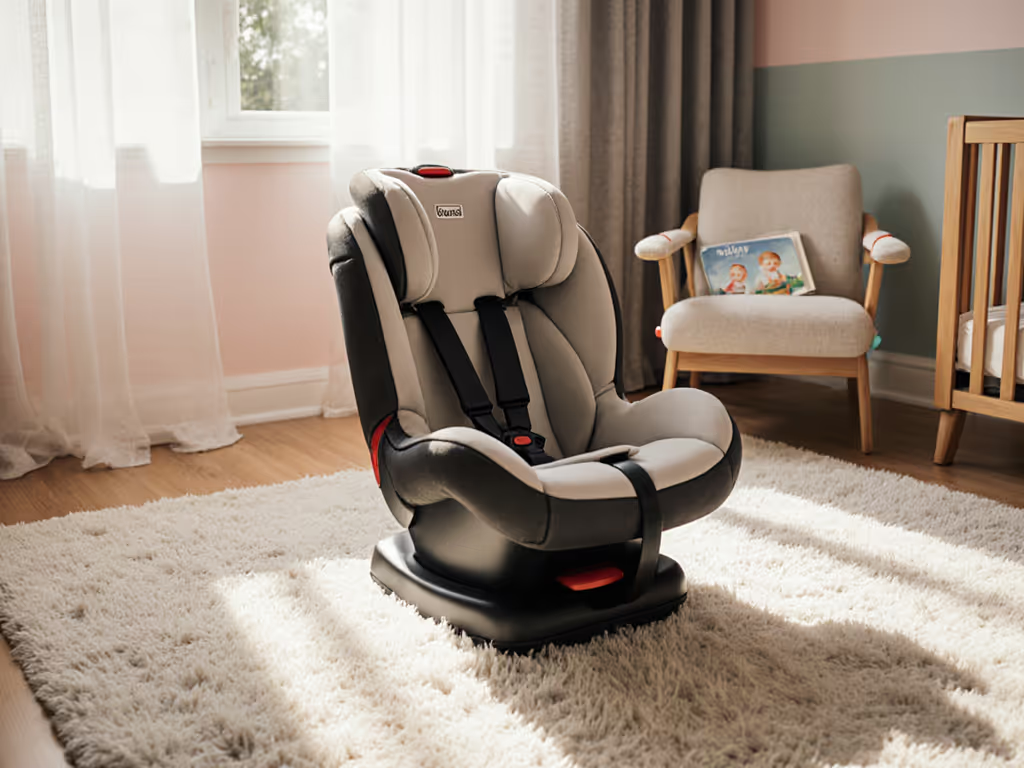
Baby Swing vs Bouncer Guide: Choose the Best for Your Home
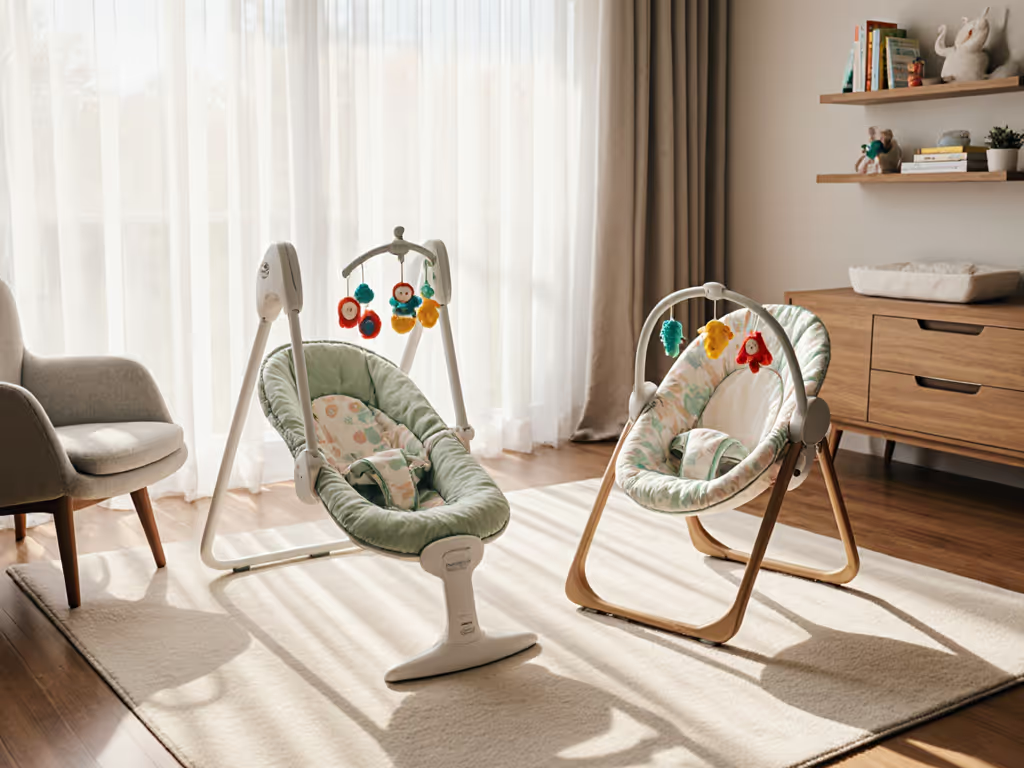
Baby Swing vs Bouncer Guide: Choose the Best for Your Home
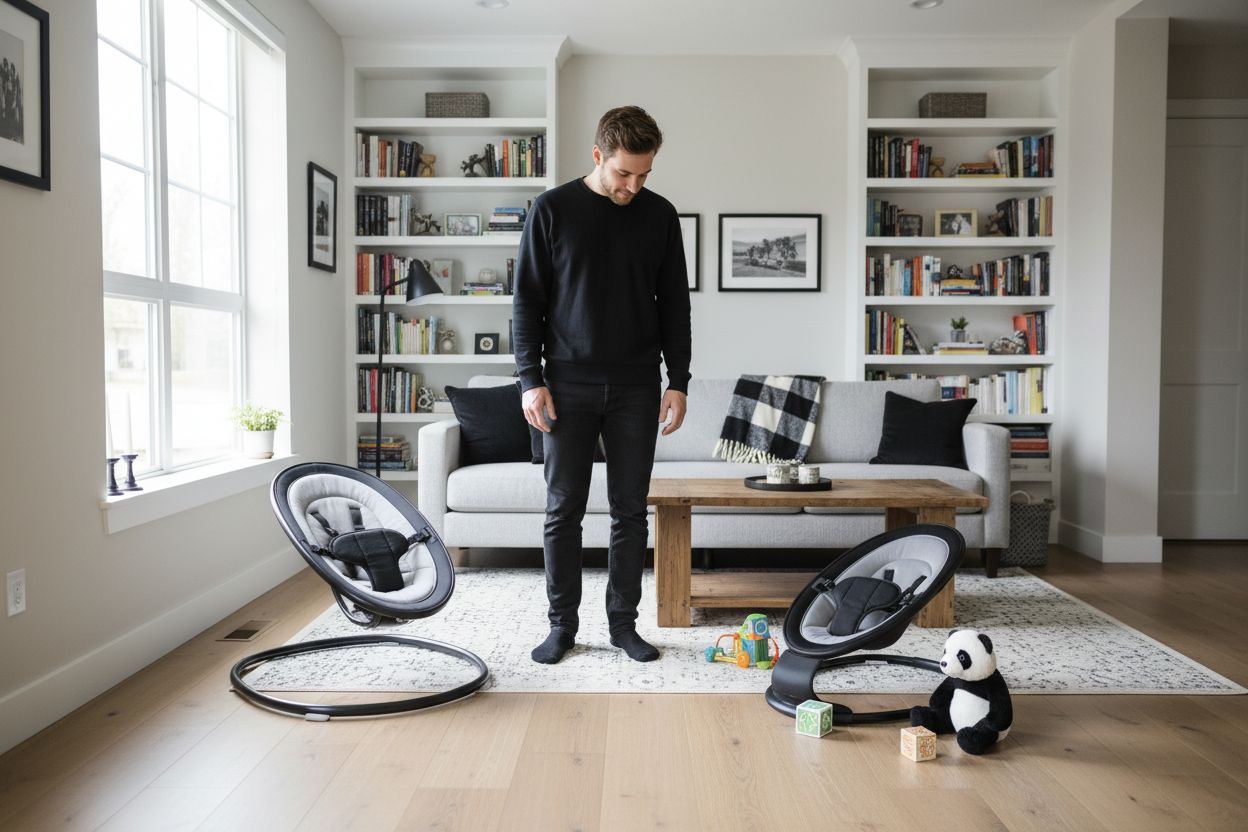
Did you know that more than 80 percent of parents struggle to fit baby gear into their home comfortably? Space and convenience matter as much as safety when choosing baby essentials. Finding the right fit for your family means understanding what works with your daily routine, your baby's temperament, and your living space. This guide helps you make practical and confident choices for your baby's comfort and your peace of mind.
Quick Summary
| Key Point | Explanation |
|---|---|
| 1. Assess your space and needs | Evaluate your living space and family dynamics to find baby gear that fits seamlessly into your life. |
| 2. Prioritize safety features | Look for appropriate harness systems to ensure your baby's security while using bouncers or swings. |
| 3. Test product suitability at home | Utilize trial periods to observe your baby's reactions and ensure the gear integrates well into your routine. |
| 4. Consider budget implications | Bouncers are generally more affordable; assess the long-term value based on your baby’s needs and usage. |
| 5. Evaluate cleaning requirements | Choose baby gear with removable covers for easy cleaning, helping maintain hygiene amid inevitable messes. |
Table of Contents
- Step 1: Assess Your Space And Family Needs
- Step 2: Compare Features And Usability Of Each Option
- Step 3: Evaluate Safety And Cleaning Requirements
- Step 4: Test And Confirm Product Suitability At Home
Step 1: Assess Your Space and Family Needs
Before diving into the world of baby gear, you need a clear picture of what will actually work in your living space. Think of this as your personal baby equipment strategy session where your home's layout meets your family's unique needs.
Start by taking a realistic inventory of your available space. Small apartments or compact homes might make a bouncer your best friend. These compact miracles are lightweight and can easily move between rooms without disrupting your entire living area. Unlike bulky swings that demand their own dedicated corner, bouncers slip seamlessly into tight spaces.
Consider your daily routine and baby care rhythm. Do you frequently move between rooms? Are you constantly juggling tasks while keeping an eye on your little one? A bouncer provides maximum flexibility. Read our guide on space saving baby gear to understand how these compact solutions can transform your parenting experience.
Budget matters too. Swings often come with a higher price tag and require electricity or batteries for their soothing motion. Bouncers are typically more affordable and operate on simple mechanical principles or minimal battery power. Your financial constraints can significantly influence which option makes the most sense.
Pro Tip: Not all babies enjoy mechanical motion the same way. Some love constant swinging while others might find it overwhelming.
Remember that no single piece of baby equipment is universal. What works perfectly in one household might feel completely impractical in another. Trust your instincts and observe your baby's preferences as you make this decision.
Up next: We will explore the specific features that distinguish bouncers from swings and help you make an informed choice.
Step 2: Compare Features and Usability of Each Option
Now that you understand how baby gear fits into your home, let's dive into the nitty gritty of what makes bouncers and swings different. Your goal is to match the right product to your baby's comfort and your lifestyle.
Safety features should be your first checkpoint. Most bouncers come with a standard 3-point harness that secures your little one at the waist and between the legs. Swings typically offer a more comprehensive 5-point harness that includes shoulder straps. Learn more about infant safety gear to understand which restraint system works best for your baby's age and mobility.
Comfort and entertainment options vary dramatically between these two products. Bouncers usually include simple vibration modes and compact toy bars perfect for short playtime sessions. Swings go the extra mile with multiple motion directions, adjustable speeds, integrated sound systems, and even musical mobiles that can soothe even the fussiest babies.
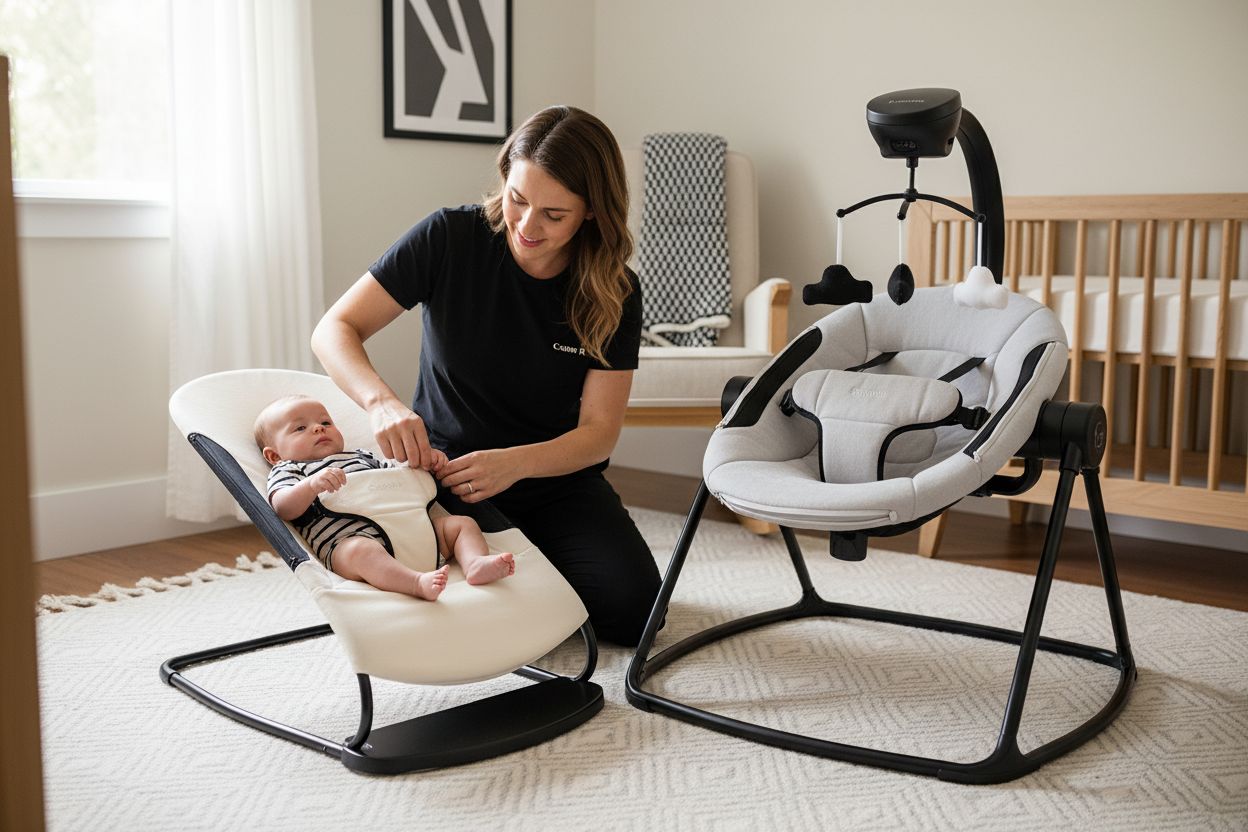
Portability and power sources represent another crucial difference. Bouncers are lightweight champions that can move from room to room with minimal effort. They often operate on basic battery power or even manual mechanics. Swings demand more commitment. They are typically larger, require consistent electrical power, and tend to become a semi permanent fixture in your living space.
Here's a comparison of the main features and differences between bouncers and swings:
| Feature | Bouncer | Swing |
|---|---|---|
| Size & Portability | Compact<br>Easy to move | Bulkier<br>Semi-permanent setup |
| Harness System | 3-point harness | 5-point harness |
| Power Source | Manual or light battery use | Electric or battery required |
| Entertainment | Simple vibration<br>Toy bar | Multiple motions<br>Music/mobile |
| Price Range | More affordable | Higher cost |
| Cleaning | Removable covers<br>Easy wash | Removable covers<br>Easy wash |
| Setup Space Needed | Minimal<br>Small footprint | Larger dedicated space |
Pro Tip: Always check removable fabric covers for easy cleaning. Babies create messes faster than you can imagine.
Pricing and long term value matter too. While bouncers represent a more budget friendly initial investment, swings offer more features that might entertain your baby for longer periods. Your specific needs will dictate which represents better value for your family.
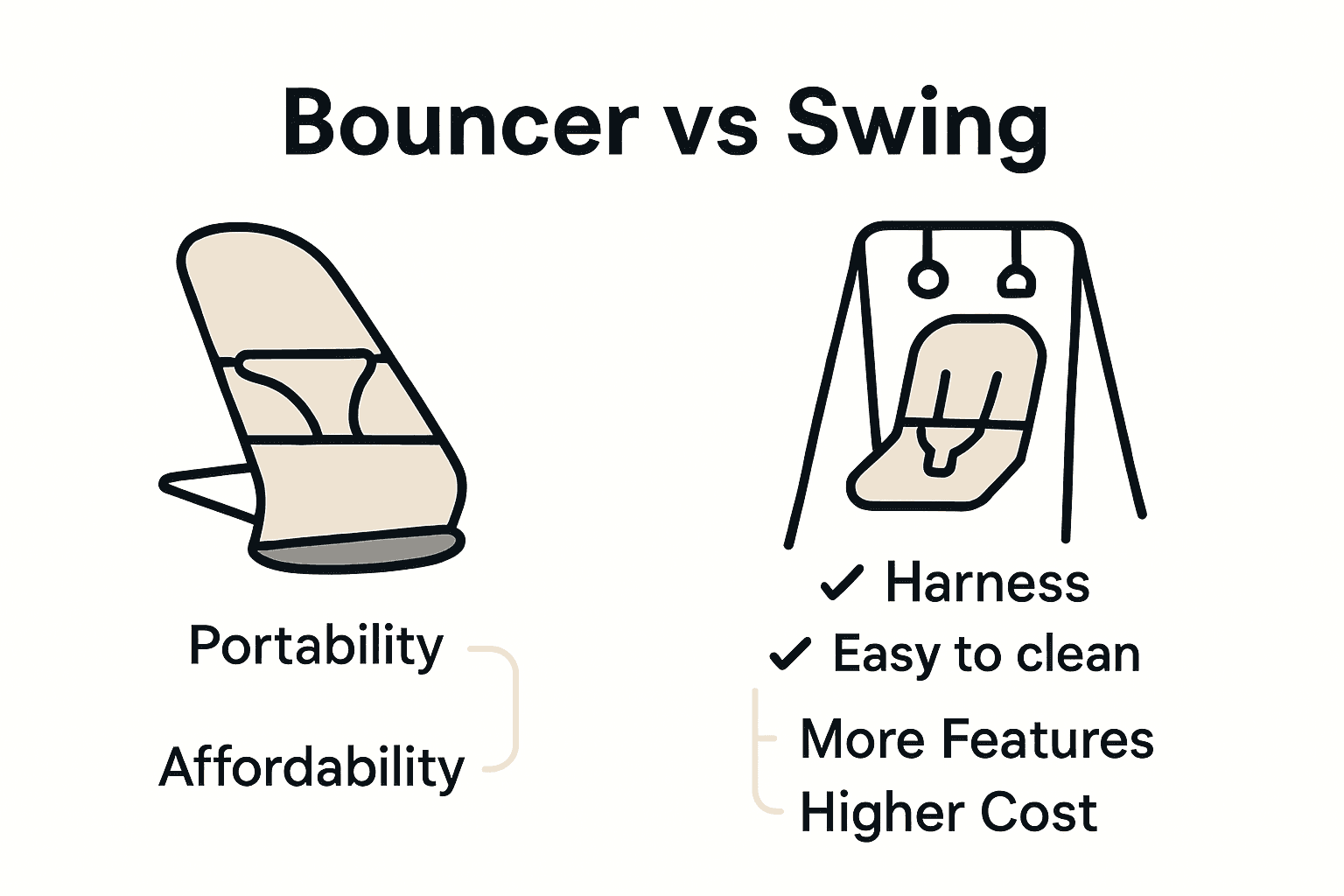
Up next: We will explore installation and safety recommendations to ensure your chosen product provides maximum comfort and security for your little one.
Step 3: Evaluate Safety and Cleaning Requirements
Safety is not just a buzzword when it comes to baby gear it is the absolute priority. Your little one will spend significant time in these products, so understanding safety nuances becomes critical for every parent.
Start by scrutinizing the harness system. A secure restraint can prevent unexpected tumbles and keep your baby protected. Look for products with 5-point harnesses that secure shoulders, waist, and between the legs. These systems distribute pressure evenly and minimize wiggle room. Explore our comprehensive safety guide to understand what makes a truly safe baby product.
Placement matters immensely. Always position your bouncer or swing on a completely flat surface away from edges, stairs, or potential hazards. Stability is key. Wide bases with anti slip feet provide an extra layer of security. Avoid placing these products on elevated surfaces like tables or countertops where accidental movement could lead to dangerous falls.
Time spent in these devices requires careful monitoring. Experts recommend limiting continuous use to 30 minutes and avoiding using them as sleep spaces. Prolonged time in fixed positions can potentially impact infant muscle development and mobility. Your baby needs plenty of tummy time and free movement to develop properly.
Pro Tip: Regularly inspect your baby gear for wear and tear. Frayed straps or loose components can compromise safety.
Cleaning becomes another crucial aspect of maintaining safety. Choose products with removable machine washable fabric covers. Babies generate impressive amounts of mess and having easily sanitized surfaces prevents bacterial buildup. Look for materials that can withstand frequent washing without losing shape or color.
Up next: We will discuss how to make the final decision between a bouncer and a swing based on all the information we have gathered.
Step 4: Test and Confirm Product Suitability at Home
With safety research and feature comparison complete, it is time to bring theory into practice. Selecting the perfect baby equipment requires more than reading specifications it demands real world testing in your unique home environment.
Start with a trial period. Many retailers offer reasonable return policies that allow you to experiment with bouncers or swings without permanent commitment. Check our guide on smart baby gear shopping to understand how to maximize these flexible purchasing options.
Observe your baby closely during initial interactions. Not every infant responds identically to motion or entertainment features. Some babies find swing movements soothing while others become overstimulated. Watch for cues like relaxed body language or increased fussiness that indicate comfort or discomfort.
Consider long term adaptability. Look for products with adjustable recline positions and weight limits that can accommodate your baby as they grow. A versatile design means you are not just buying a short term solution but investing in a tool that evolves with your child's developmental stages.
Pro Tip: Keep receipt and packaging intact during testing period. Flexibility is key when selecting baby gear.
Assess how the product integrates into your daily routine. Does it genuinely make parenting easier or just add complexity? The best baby equipment should feel like a natural extension of your family dynamics reducing stress rather than creating additional challenges.
Up next: We will summarize key considerations to help you make a confident final decision between bouncers and swings.
Turn Baby Gear Confusion Into Confident Choices with Bouncer Lab
Choosing between a baby swing and a bouncer can feel overwhelming when you are focused on saving space, staying within budget, and keeping your baby both safe and happy. This guide has shown how different home layouts and busy routines require solutions that fit your real-life needs. At Bouncer Lab, we get the struggle of finding gear that suits small spaces and delivers reliable comfort. Our site gives you clear comparisons and in-depth guides so you can worry less about making the wrong choice and focus more on bonding with your little one.
Ready to make sense of baby equipment for your home? Dive straight into our detailed infant activity bouncer guide for space saving and safety or explore our premium baby bouncer safety comparison to see which features match your routine best. You deserve answers that put your family’s comfort and security first. For the most trusted recommendations and all our latest reviews, visit Bouncer Lab now and take the next step toward a smarter, safer home nursery.
Frequently Asked Questions
What should I consider when choosing between a baby swing and a bouncer?
Choosing between a baby swing and a bouncer depends on your home space, budget, and your baby's preferences. Assess your living area, daily routines, and budget constraints to determine which option fits best, and prioritize features like portability and safety for your chosen product.
How can I evaluate the safety features of a baby swing or bouncer?
To evaluate safety features, check for harness systems and stability. Look for at least a 3-point harness for bouncers and a 5-point harness for swings, then ensure the product has a wide base with anti-slip feet for stability on flat surfaces.
What are the cleaning requirements for swings and bouncers?
Both swings and bouncers should have removable fabric covers that can be machine washed to maintain hygiene. Opt for materials that withstand frequent washing without losing shape, helping to keep your space clean and safe for your baby.
How can I test if my baby prefers a swing or a bouncer?
Observe your baby during a trial period with either a swing or a bouncer to see their reactions. Watch for cues like relaxed body language or fussiness, and seek feedback about which option seems to provide comfort and enjoyment.
How long can a baby safely stay in a swing or bouncer?
Experts recommend limiting use to around 30 minutes for both swings and bouncers to avoid impacting muscle development. Monitor your baby closely during usage to ensure they have enough time for free movement and tummy time as well.
Are there features that make one option more beneficial in the long run?
Yes, consider long-term adaptability features like adjustable recline positions and varying weight limits. Products that evolve with your child can provide greater value over time, so prioritize designs that grow with your baby’s stages of development.

